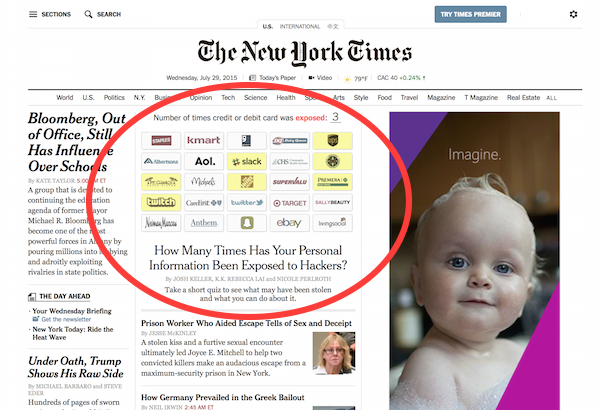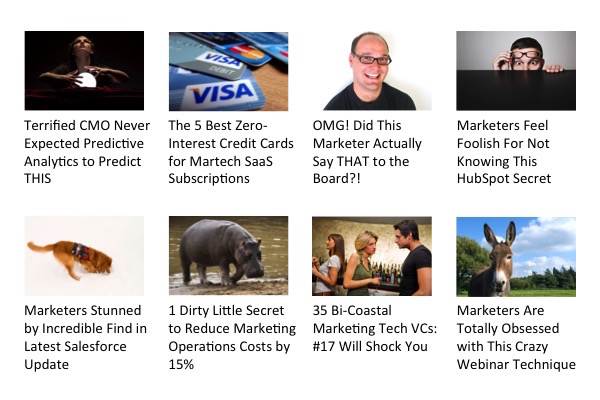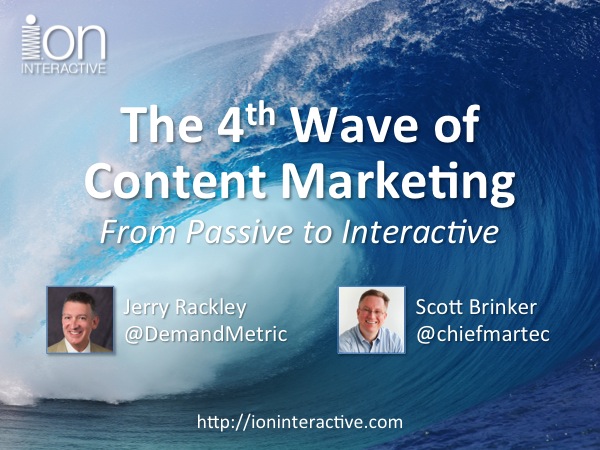Dave Chaffey curated a great graphic from Nielsen’s most recent report on Trends in Advertising Spend and Effectiveness:
As a visualization of Nielsen’s Global Online Survey of U.S. Internet consumers from Q1, there’s a lot of insight embedded here.
Of course, recommendations from people I know leads by a mile — 76% of people trust those kind of “earned ads.” Word-of-mouth and referrals remain the bedrock of building a brand.
And as Dave rightly pointed out, the high trust for consumer opinions posted online (49% trust them at least somewhat) is clear motivation for “social proof” — including recommendations and testimonials in your online advertising and post-click marketing.
But here are a few other remarkable takeaways:
40% of people trust emails they signed up for as compared to only 36% who trust editorial content such as newspaper articles. Permission marketing FTW. Email marketing may not be the sexiest tool in the marketing box, but it remains one of the most effective.
29% of people trust ads on TV, a considerably higher percentage than most online advertising (which range from 13% to 21%). Funny, because the phrase You can’t trust everything you hear on TV predated You can’t trust everything you read on the Internet. Some possible reasons for this relative abundance of trust worth thinking about:
- TV has been around longer
- TV is more expensive, and ad spend is a signal of credibility
- TV ads tend to be more successful at repeat exposures (in the absence of retargeting data)
- TV ads have more bandwidth — a full 30 seconds — to make their point than non-video ads
- TV watching is more frequently a “shared” experience than web surfing, offering an opportunity for immediate social feedback loops — if my wife likes an ad, I give it more attention
- and — perhaps a controversial hypothesis — TV ads tend to have better creative concepts and execution than most online advertising?
What can digital marketing learn from those dynamics?
But what I found most interesting…
On average, 50% of people neither trust nor distrust advertising regardless of the media/vehicle — search ads, banner ads, TV ads, radio ads, magazine ads, ads on social networks, online video ads, etc. These neutral responses all hover between 45% and 53%. On the Nielsen visualization above, the green circles dominate.
One has to be careful not to confound “trust” and “interest” in these results, but I interpret this as a motivating opportunity. Advertising is not how we win customers. But it is a way to introduce ourselves to them, from a largely neutral starting point — and it’s the experiences we deliver after the ad that build trust.
For many consumer products, this is a function of the second moment of truth, how much they actually like the experience of using the product after they but it. But for more considered purchases, aspirational products, and possibly even B2B products and services, this may be much more of the Zero Moment of Truth achieved with great content marketing.
Marketing technologists: this post-ad digital experience is your opportunity to shine.



